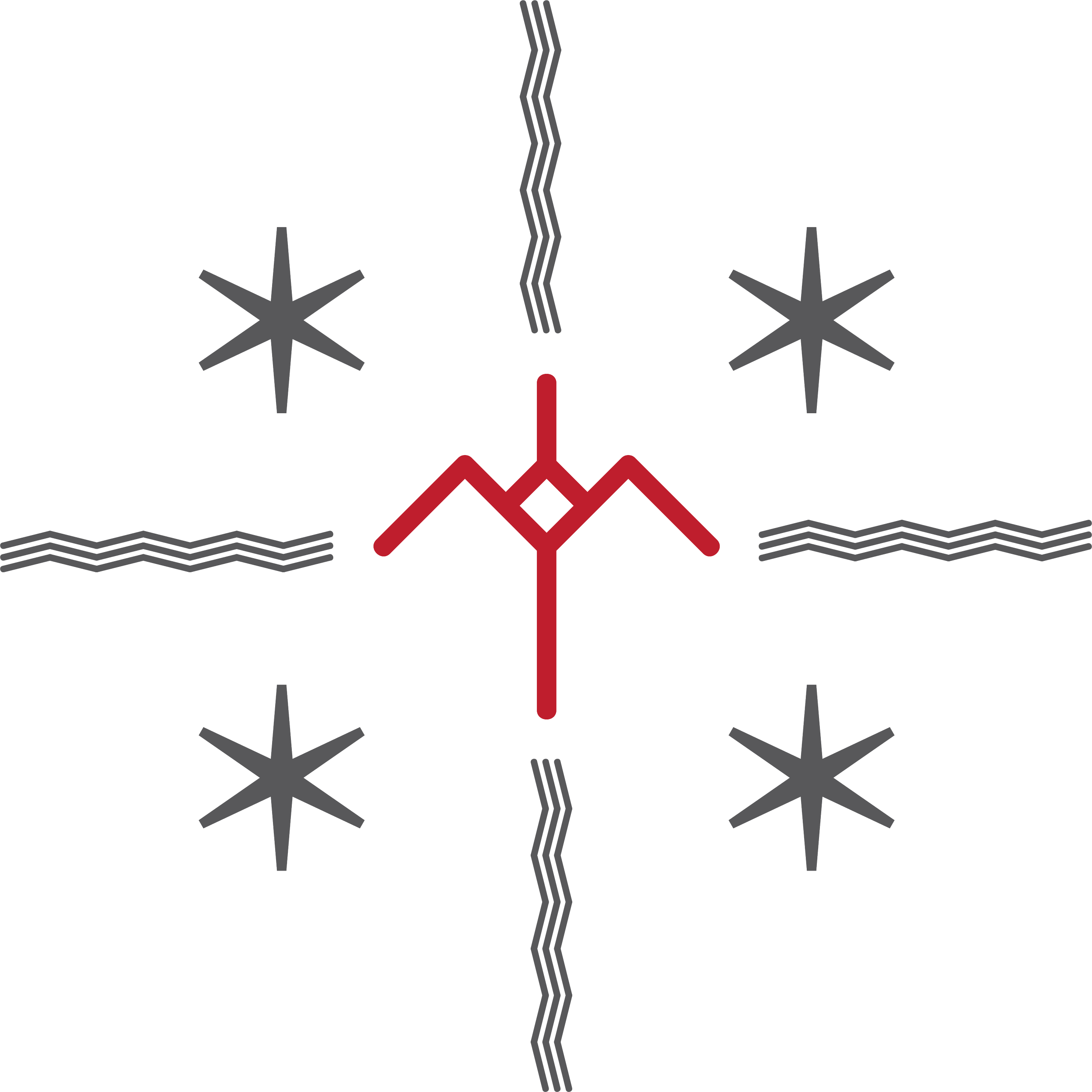The Resurgence of Traditional Māori Tattooing
***Disclaimer***
This article was AI generated and while it’s purpose is to be informative, it does:
A - Not reflect our personal views in any way and
B - Should not be relied upon as a sole source of information for the subject under discussion.
In recent years, there has been a remarkable revival of traditional Māori tattooing, known as "tā moko," a sacred art deeply rooted in the cultural identity of the Māori people of New Zealand. This ancient practice, once on the brink of fading into obscurity, is experiencing a resurgence that not only honors the rich heritage of the Māori but also sparks a broader conversation about the significance of cultural preservation in our ever-changing world.
The Roots of Tā Moko:
Tā moko has been an integral part of Māori culture for centuries, serving as a visual language that communicates the wearer's genealogy, social status, and personal experiences. These intricate facial and body tattoos are more than just decorative; they are a living connection to the Māori's ancestors, their land, and their stories. However, the practice faced a decline during colonial times, as it was suppressed by Western influences and cultural assimilation.
A Cultural Renaissance:
In recent years, there has been a resurgence of interest and pride in Māori culture, leading to a revival of tā moko. Māori communities, both in New Zealand and abroad, are embracing their cultural heritage and reclaiming traditional practices that were once marginalized. This revival is not just about tattooing; it's a holistic movement to reconnect with ancestral wisdom, language, and customs that were nearly lost.
Cultural Significance:
Tā moko is not merely a form of body art; it is a deeply spiritual and cultural practice. Each design tells a unique story, reflecting the wearer's lineage, life experiences, and social standing within the community. The revival of tā moko signifies a broader movement towards cultural empowerment and the assertion of indigenous identity in the face of globalization.
Modern Adaptations:
While the revival of traditional Māori tattooing is a celebration of cultural heritage, it is also evolving with the times. Contemporary artists are finding innovative ways to merge traditional designs with modern techniques, allowing for a dynamic and diverse expression of tā moko. This fusion is not diluting the authenticity of the art but rather demonstrating its adaptability and relevance in the 21st century.
Empowering Indigenous Voices:
The resurgence of tā moko is not just confined to the Māori community; it serves as an inspiration for indigenous cultures worldwide. It encourages a broader dialogue on the importance of preserving and revitalizing traditional practices as a means of asserting cultural identity and resisting cultural erosion.
Conclusion:
The revival of traditional Māori tattooing, tā moko, is a testament to the resilience and pride of the Māori people in reclaiming their cultural heritage. As this ancient art form experiences a renaissance, it not only adorns the bodies of individuals but also enriches the cultural tapestry of New Zealand and beyond. The resurgence of tā moko is a powerful reminder that cultural traditions are not relics of the past but living, breathing aspects of identity that can thrive and adapt in our ever-evolving world.
